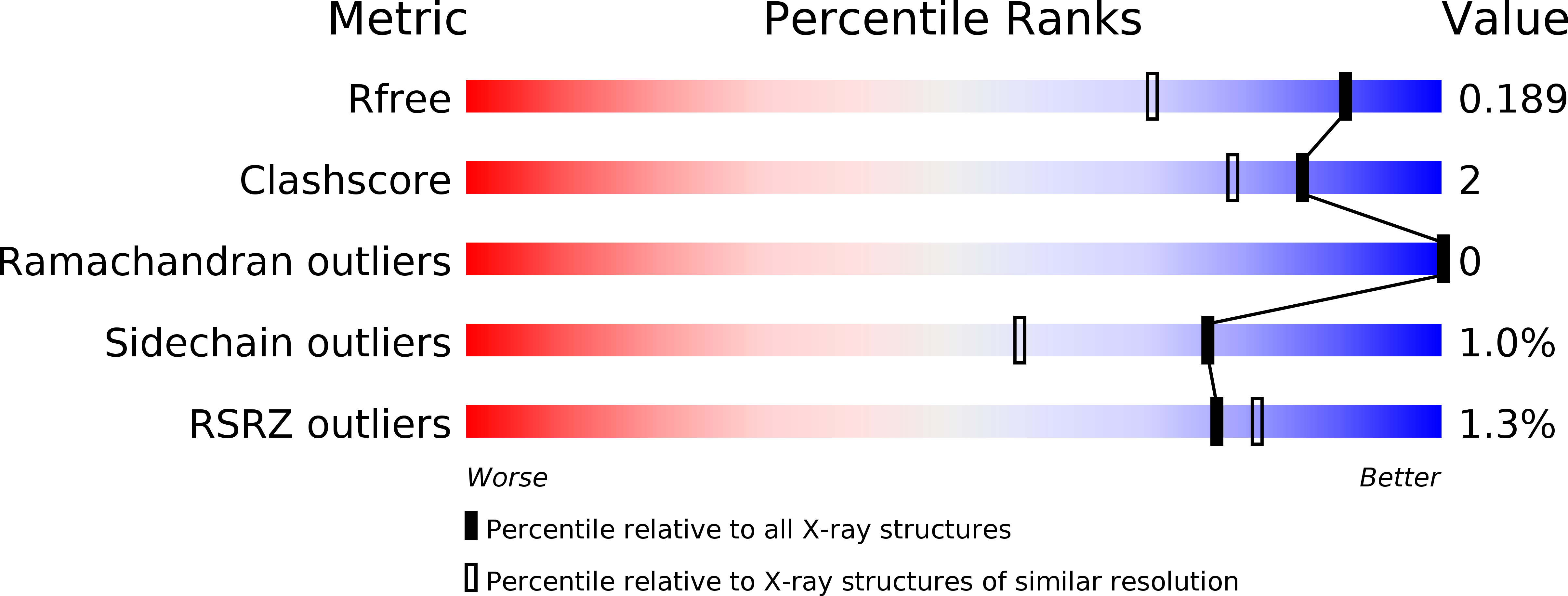
Deposition Date
2016-03-29
Release Date
2016-04-13
Last Version Date
2024-11-13
Entry Detail
PDB ID:
5J2O
Keywords:
Title:
Crystal structure of the cyan fluorescence protein Cerulean S175G mutant
Biological Source:
Source Organism:
Aequorea victoria (Taxon ID: 6100)
Host Organism:
Method Details:
Experimental Method:
Resolution:
1.50 Å
R-Value Free:
0.18
R-Value Work:
0.16
Space Group:
P 21 21 21


